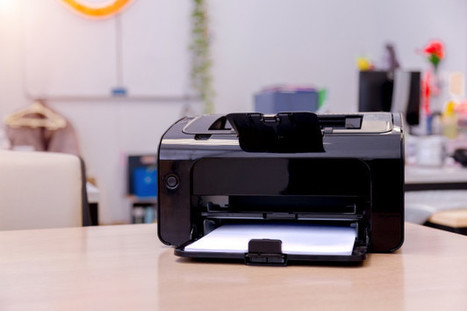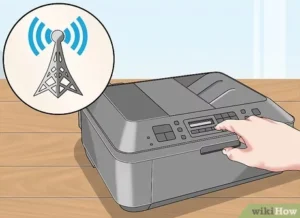
ABOUT US
EasyPrintSetup is a simplified process for connecting and configuring a printer on your device. It typically involves automatically detecting and installing necessary drivers, connecting to the network (for wireless models), and setting up printing preferences. It helps users quickly set up printers with minimal manual intervention or technical knowledge.


Printer Setup Instructions
For Wired Printers (USB connection)
Step 1: Unbox the Printer
- Remove the printer from the box and carefully remove any protective packaging materials.
- Ensure you have the printer, power cable, and USB cable (if needed).
Step 2: Connect the Printer to Power
- Plug the power cable into the printer and then into an electrical outlet.
- Turn on the printer.
Step 3: Connect the Printer to the Computer
- Plug the USB cable from the printer into an available USB port on your computer.
Step 4: Install Printer Drivers and Software
- Windows and macOS should automatically detect the printer and install the necessary drivers.
- If the automatic installation doesn’t happen, you can visit the printer manufacturer’s website, download the latest driver, and follow the instructions.
Step 5: Set Printer as Default (Optional)
- On Windows: Go to Settings > Devices > Printers & Scanners, select your printer, and click “Set as Default.”
- On macOS: Go to System Preferences > Printers & Scanners, select your printer, and click “Set Default Printer.”
Step 6: Print a Test Page
- Print a test page from the printer settings to ensure everything is working correctly.
2. For Wireless Printers (Wi-Fi or Network Connection)
Step 1: Unbox the Printer
- Remove all packaging materials and place the printer on a stable surface.
Step 2: Power Up the Printer
- Connect the power cable to the printer and plug it into a power outlet.
- Turn the printer on.
Step 3: Connect to Wi-Fi
- Via Printer’s Control Panel (for most models):
- Navigate to the printer’s settings menu.
- Look for the “Wi-Fi” or “Network Setup” option.
- Select your Wi-Fi network and enter the Wi-Fi password.
- If your printer has a touchscreen, this process might be guided through the display.
Step 4: Install Printer Software
- On your computer, download and install the printer software from the manufacturer’s website.
- During installation, the software will typically detect your printer on the network and complete the connection process.
Step 5: Set Printer as Default (Optional)
- On Windows: Go to Settings > Devices > Printers & Scanners, select your printer, and click “Set as Default.”
- On macOS: Go to System Preferences > Printers & Scanners, select your printer, and click “Set Default Printer.”
Step 6: Print a Test Page
- From your computer, print a test page to ensure the wireless connection is working.
3. For Mobile Devices (If Applicable)
- For iOS devices (iPhone/iPad): Ensure AirPrint is enabled on the printer, and select the printer from the share menu when printing.
- For Android devices: Install the printer’s app (e.g., HP Smart, Canon Print), or use Google Cloud Print (if supported).
Common Troubleshooting Tips:
- Printer Not Found on Network: Ensure the printer and the computer are on the same Wi-Fi network.
- Paper Jams or Ink Issues: Refer to the printer manual for solutions.
- Driver Issues: Visit the printer manufacturer’s website for updated drivers or support.